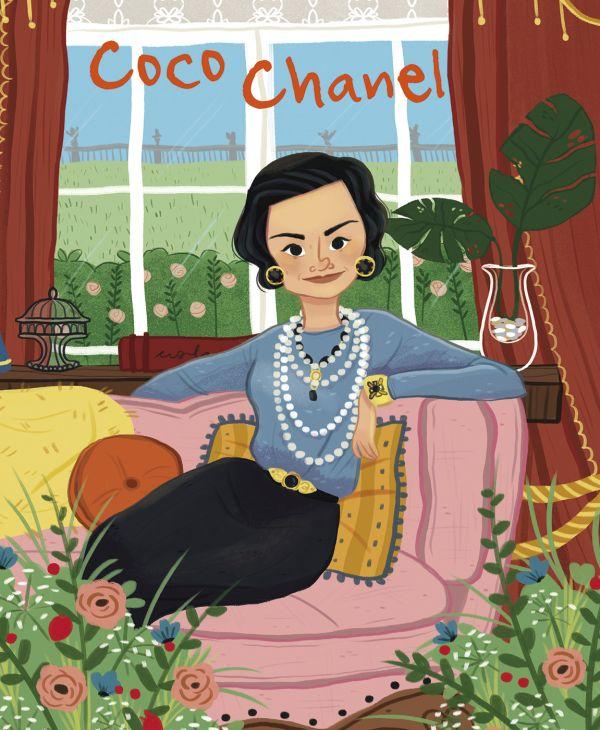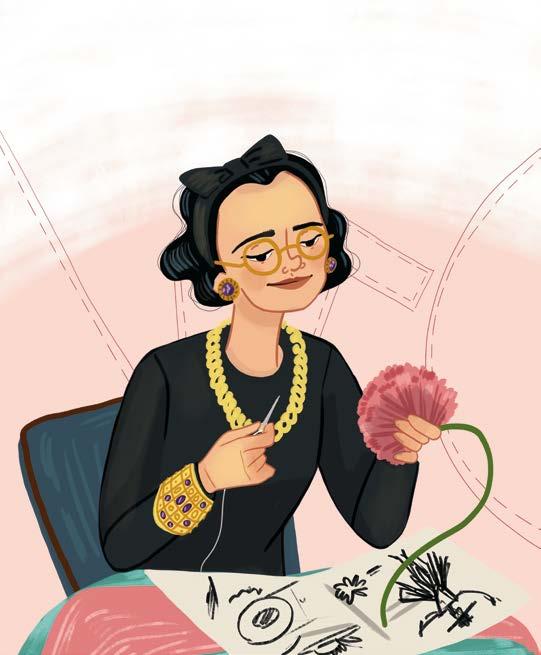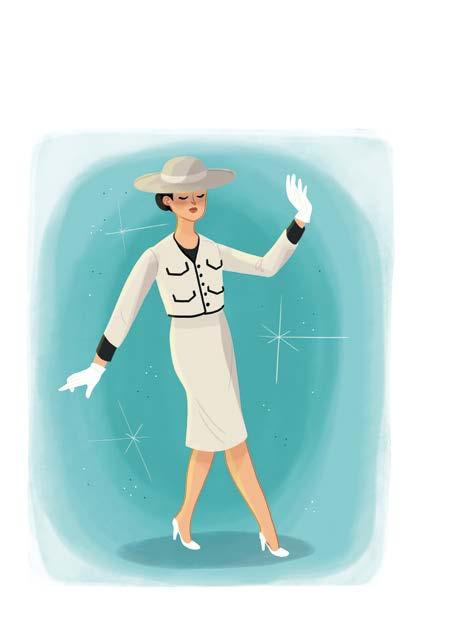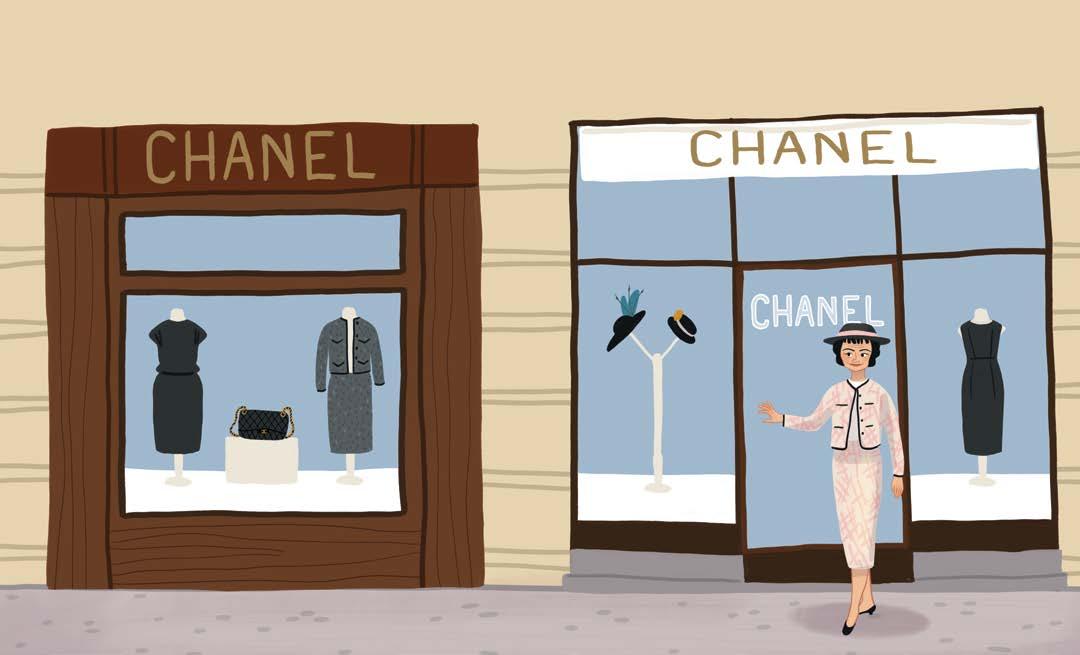My name is Coco Chanel and I am famous throughout the world, particularly the fashion world. My couture creations changed the way people dressed and many of those timeless designs are still popular today.
Take a walk down the Parisian catwalk with me and discover the secrets of a true style icon.
My mother passed away in 1895, when I was just 12 years old. My father felt he could not take care of his children alone, so my brothers went to live with another family and my sisters and I were left at a Roman Catholic orphanage in Aubazine.
I lived at the orphanage until I was 18. The nuns raised me and taught me how to embroider, iron and sew.
I found it a rather dreary pastime, unaware that the skills I learned would one day change my life.
On leaving the orphanage I moved to Moulins. There, I took a day job as a seamstress in a local tailors shop and at night I became a singer. Two of my favorite songs to perform were “Qui qu’a vu Coco” and “Ko Ko Ri Ko”, which some say is where my nickname, Coco, comes from. However, my singing career was brief because I wasn’t considered good enough for the stage.
CHANEL MODES
By 1909 I was living in an apartment in Paris and had set up a small millinery business there, designing and making hats. It grew quickly and was soon too big to run from my apartment. With financial help from Boy, in 1910 I set up a milliners shop called “Chanel Modes” at Number 21 rue Cambon. It was in the center of Paris, a very fashionable part of town.
My designs were contemporary and had a simple elegance. When actress Gabrielle Dorziat began to wear my hats, she set a trend and other rich and famous clients soon followed. It was a success.
My success encouraged me to open another shop in 1915, this time a couture house in Biarritz. Prior to the First World War, women had predominantly worn restrictive and impractical full-length skirts. I began to design trousers for women, to allow them more freedom and movement.
Again, my ideas were warmly received and in 1918 I acquired the entire building at Number 31 rue Cambon for a second couture house. Wanting to continue to empower women, by the 1920s I had introduced the Chanel suit – a collarless jacket and well-fitted skirt – which was endorsed by Vogue and revised through the years worn by personalities like the US First Lady Jackie Kennedy.
Boy had been killed in a car crash back in 1919. Although we were no longer together, I was desperately sad and for a long time I wore only black. By 1926, I knew I wanted to take the color most associated with mourning and use it to create a versatile, chic eveningwear collection. And so the LBD – little black dress – was born. It remains an iconic look and wardrobe staple to this day.
In 1929 I developed the Chanel bag. The key feature was a shoulder strap, inspired by soldiers’ satchels. I had grown tired of carrying my purse in my hands, as was the fashion then, and so this design freed my arms.
Years later, I re-launched the bag. It was made with quilted leather, had a flap front and a rectangular turn lock, known as the “Mademoiselle lock” because I never married. The updated bag was designed in February 1955. I named it the “2.55” after this date.
While in Monte Carlo in 1931, I met Samuel Goldwyn, a famous film producer. He asked me to come to Hollywood twice a year to design costumes for movie stars. I was excited to see what I could do for Hollywood – and what Hollywood could do for me.
However, I found Tinseltown rather vulgar and although Greta Garbo became a private client, many people felt my clothes didn’t work on the silver screen. They were deemed too simple and chic, not sensational enough.
I finally returned to Paris in 1954, when I was over 70 years old. I had become fed up with seeing French fashion being dominated by men, like Christian Dior and Cristóbal Balenciaga.
I immediately got back to work and released my first post-war collection. Although the critics’ reviews weren’t great, my easy-fitting, easy-wear designs were well received by shoppers around the work.
I passed away on 10th January 1971, aged 87. I had spent my last night in my apartment in the Hotel Ritz, putting the finishing touches to my latest collection, which was released two weeks after my funeral. Hundreds turned out for my funeral, including Yves St Laurent and Paco Rabanne, and many wore my designs as a tribute.
Just over a decade after my death, in 1983, designer Karl Lagerfeld joined the Chanel company. To this day, he works to continue my legacy.
My one wish for you would be that you find your passion in life and follow it. I believe it is important to keep on inventing and reinventing, never being afraid to break the mould. Looking back on my life, I am please to have been a trendsetter rather than a follower. So be creative, be unique, be you. And remember, a Chanel suit never goes out of style.



















